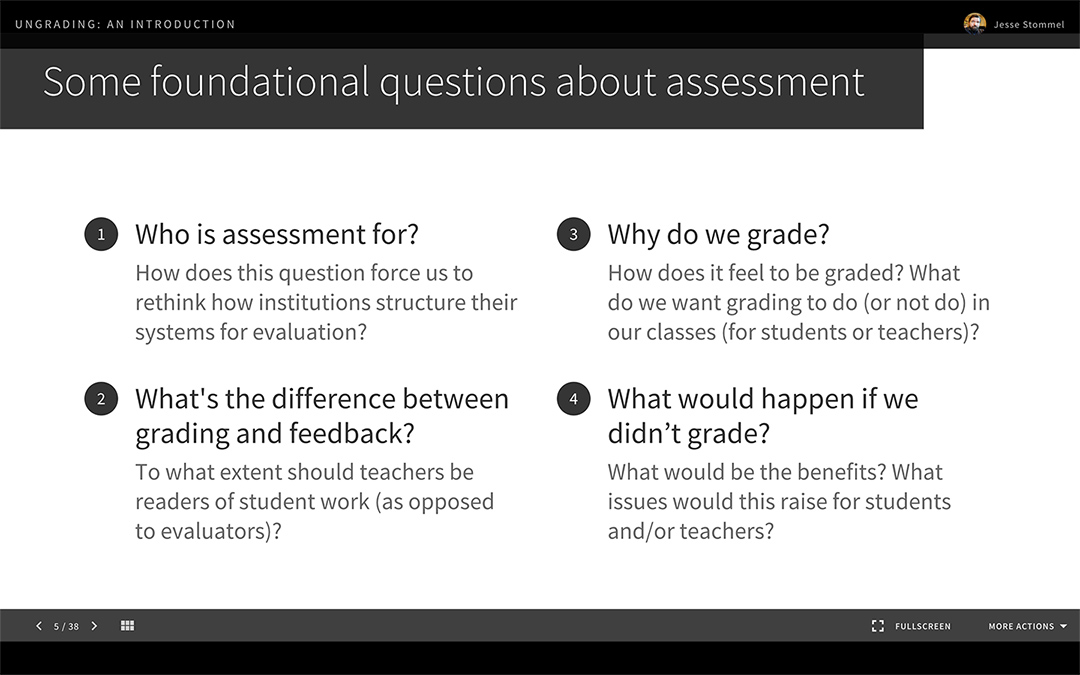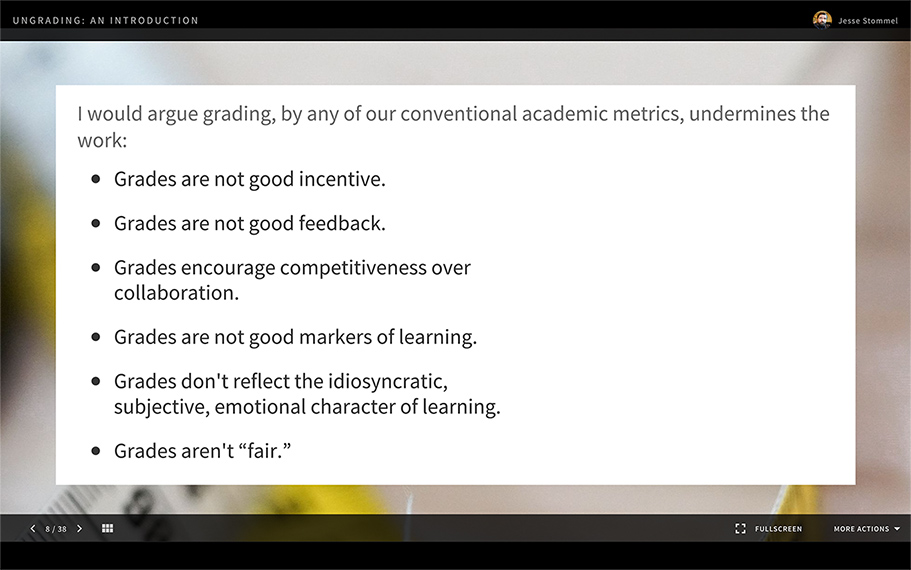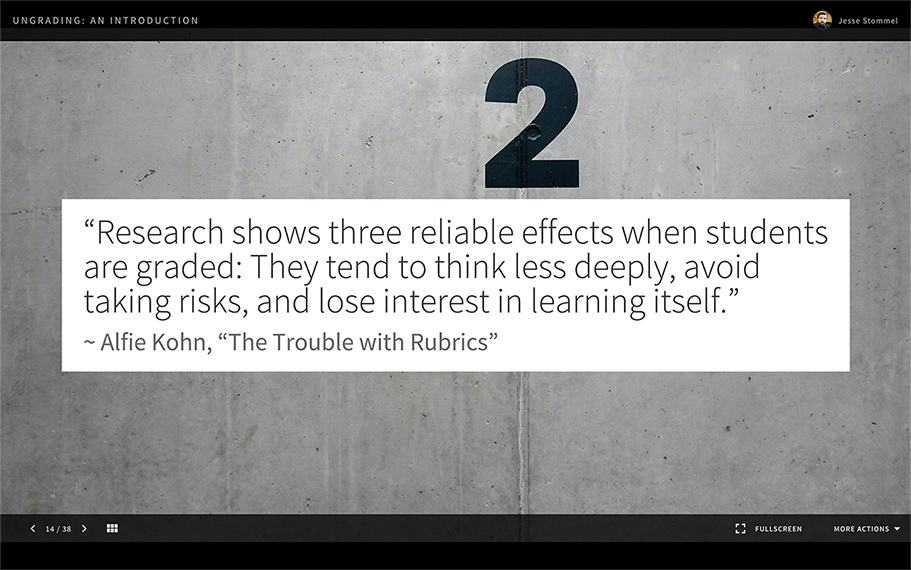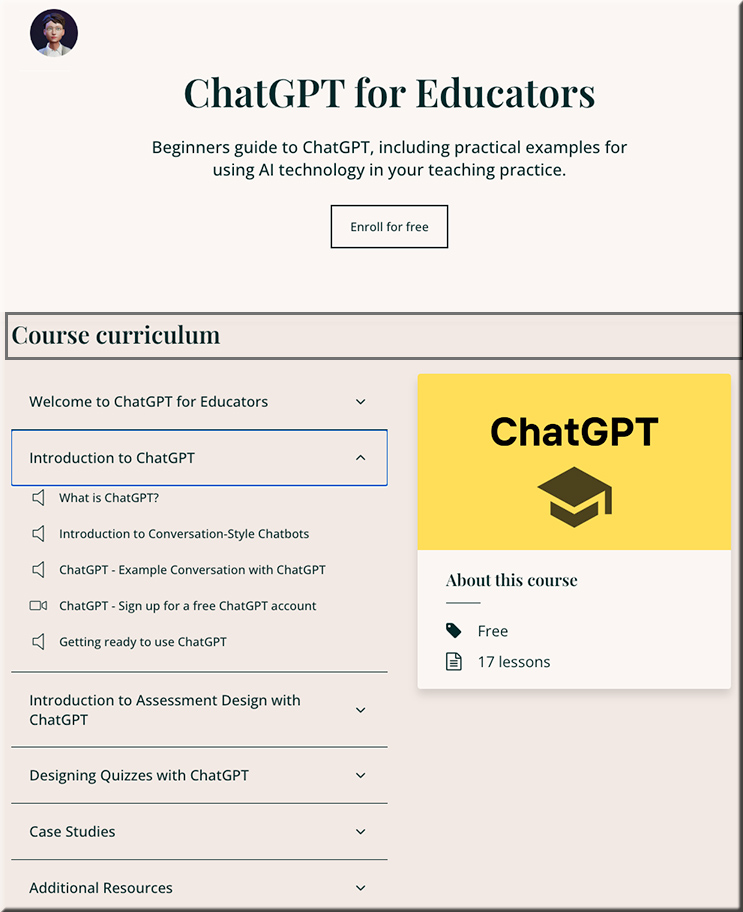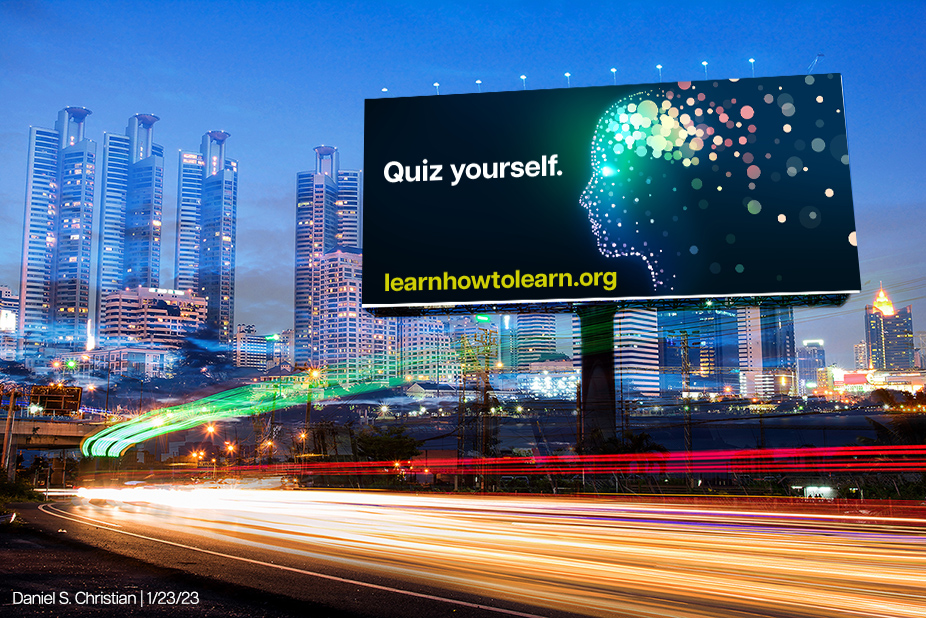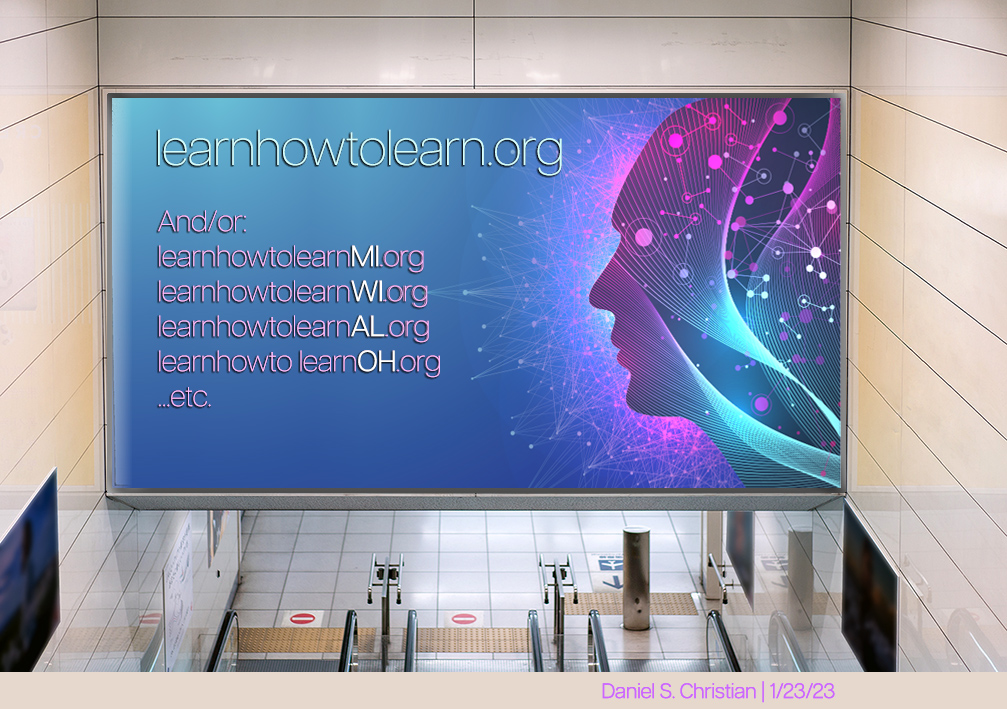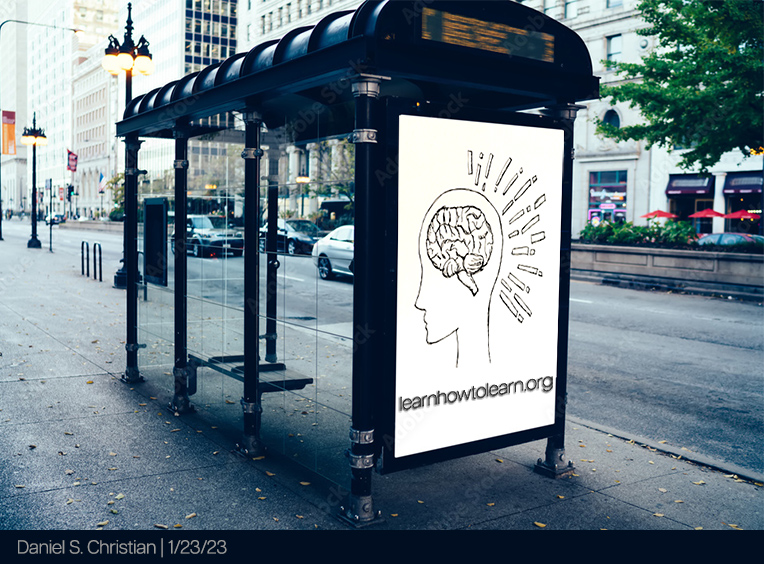Take Your Words From Lecture to Page — from chronicle.com by Rachel Toor
What compelling lecturers do, and how their techniques can translate to good writing.
Excerpts:
Thing is, many of the moves that the best lecturers make on the stage can translate to the page and help you draw in readers. That is especially important in writing textbooks and other work for general readers. If you can bring the parts of yourself that work in the classroom to the prose, you will delight readers as much as you do your students.
Narrative can be key. Data and research aren’t enough in either the classroom or on the page. People like to be told stories. If you want to be persuasive in both realms, use narrative to make arguments. Don’t forget that much scholarly work is really a quest. What journey can you take a reader on?
…
It’s a performance on the page, too. A great lecture is a performance. So is great writing.
…
Raise real questions the reader will want answers to.
Virtual Exam Case Primes Privacy Fight Over College Room Scans — from news.bloomberglaw.com by Skye Witley
- Cleveland State case centers on remote proctoring software
- Fourth Amendment protections in question before Sixth Circuit
Excerpt:
A legal dispute over a university’s use of exam proctoring software that allegedly scanned students’ rooms is set to shape the scope of Fourth Amendment and privacy protections for online college tests.
Cleveland State University last week asked a federal appeals court in Cincinnati to review a district court finding that the “room scans” were unconstitutional searches. The case could influence how other students litigate their privacy rights and change how universities virtually monitor their students during exams, attorneys said.
Phoenix Goes Nonprofit? — from read.letterhead.email by Paul Fain
Excerpt:
“We’re seeing dramatically increased competitive intensity,” he said. “Being online is no longer a differentiator.”
Also from Paul Fain:
A true alternative to a four-year college? — from workshift.opencampusmedia.org
The Marcy Lab School in New York City aims to offer a traditional college experience in just one year. We talked with co-founder Reuben Ogbonna about experimentation, growth, and student choice in higher ed.
Excerpts (emphasis DSC):
In our current landscape, jobs for young people that fall into this category are incredibly slim, but we see this as our opportunity to systematically remove the barriers, such as degree requirements, that shut out students like ours. Together with our partners, we are actively reframing what early talent success can look like.
Partners that “get it” are energized by the ability to co-create innovative new programs like apprenticeships with us directly. They are incredibly student-centric, and firmly believe in the power of growth for our students in professional environments that are fun, challenging, rewarding, and safe.
…
The success of our innovative model has been through intentional experimentation and thoughtful listening to what is working and not working, and then iterating on it.
6 Free Tools for Evaluating Web Accessibility — from boia.org
Excerpt:
Can you evaluate your website’s accessibility on your own?
Not necessarily. To ensure conformance with the Web Content Accessibility Guidelines (WCAG), you’ll need to test your content regularly by using both manual and automated tools. Ideally, manual tests should be performed by human testers who have disabilities.
However, as you learn about the concepts of WCAG, you can use free tools to test your website for common barriers. If you’re a web designer or developer, online tools can be a vital resource as you incorporate the best practices of inclusive design.
Below, we’ll discuss six free tools that can help you make better design decisions.
The academic career is broken — from chronicle.com by Hannah Leffingwell
Excerpt:
We are in the midst of a crisis in academe, to be sure, but it’s not an economic crisis. It’s a crisis of faith. The question is not just whether our institutions pay faculty fairly, but whether any wage is worth the subservience and sacrifice that modern higher ed requires. Too often, colleges perceive themselves as voluntary, meritocratic institutions dedicated to a “higher” moral purpose. Or, as one of the characters in Babel puts it: “The professors like to pretend that the tower is a refuge for pure knowledge, that it sits above the mundane concerns of business and commerce, but it does not.”
Have these strikes solved the central paradox of academe: a capitalist institution that claims it is above capitalism while exploiting students, faculty, and staff for financial gain? No, they have not.
It gives me no pleasure to say that the system I have dedicated my entire life to is broken — that it needs to be rebuilt from the ground up.
Also related to careers and higher education, see:
36% of higher ed supervisors are looking for other work, study finds — from highereddive.com by Laura Spitalniak
Excerpt:
Over a third of higher education supervisors, 36%, are likely to look for a new job in the next year, according to a new survey from the College and University Professional Association for Human Resources, CUPA-HR. And only 40% said they were interested in finding employment opportunities at their current institution.









